Photo Gallery for Pyromorpha dimidiata - Orange-patched Smoky Moth | 71 photos are available. Only the most recent 30 are shown.
|
 | Recorded by: David George, Stephen Dunn, Jeff Niznik, Rich Teper, Becky Watkins on 2023-07-29
Swain Co.
Comment: |  | Recorded by: John Petranka, Chuck Smith on 2023-06-09
Alleghany Co.
Comment: |
 | Recorded by: John Petranka on 2023-06-06
Alleghany Co.
Comment: | 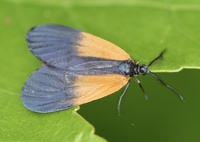 | Recorded by: Stephen Dunn on 2023-05-25
Orange Co.
Comment: |
 | Recorded by: Regina Patton on 2023-05-24
Jackson Co.
Comment: |  | Recorded by: Stephen Hall on 2023-05-23
Orange Co.
Comment: |
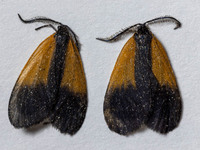 | Recorded by: Stephen Hall on 2023-05-23
Orange Co.
Comment: | 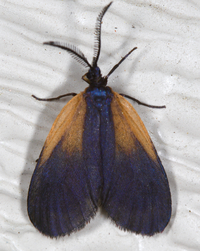 | Recorded by: Jim Petranka on 2023-05-23
Madison Co.
Comment: |
 | Recorded by: Stephen Hall on 2023-05-21
Orange Co.
Comment: |  | Recorded by: Ken Kneidel on 2023-05-20
Yancey Co.
Comment: |
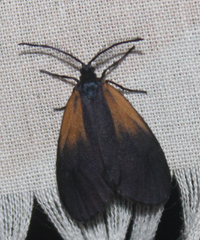 | Recorded by: Vin Stanton on 2023-05-18
Buncombe Co.
Comment: |  | Recorded by: David George, Jeff Niznik on 2023-05-17
Chatham Co.
Comment: |
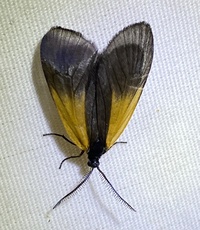 | Recorded by: David George on 2023-05-16
Durham Co.
Comment: | 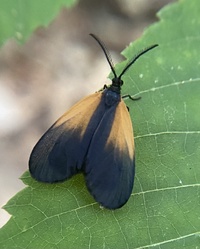 | Recorded by: David George on 2023-05-15
Alamance Co.
Comment: |
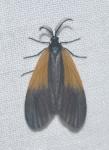 | Recorded by: K. Bischof on 2023-05-09
Transylvania Co.
Comment: | 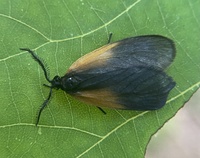 | Recorded by: David George on 2023-05-08
Orange Co.
Comment: |
 | Recorded by: David George on 2023-05-04
Durham Co.
Comment: | 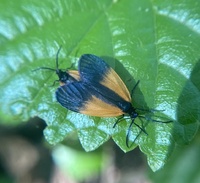 | Recorded by: David George on 2023-05-03
Wayne Co.
Comment: |
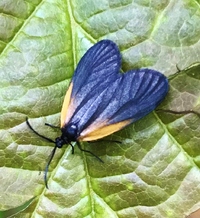 | Recorded by: Ken Kneidel on 2022-05-28
Yancey Co.
Comment: | 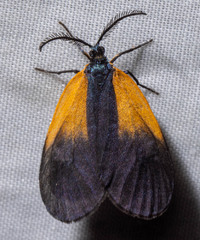 | Recorded by: Stephen Hall on 2022-05-20
Orange Co.
Comment: |
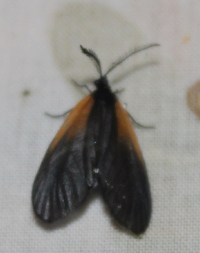 | Recorded by: Vin Stanton on 2022-05-18
Buncombe Co.
Comment: | 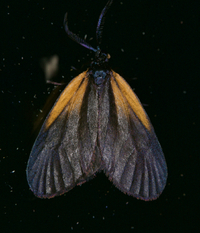 | Recorded by: Jim Petranka on 2022-05-18
Madison Co.
Comment: |
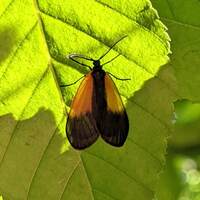 | Recorded by: Jeff Niznik on 2022-05-09
Wake Co.
Comment: | 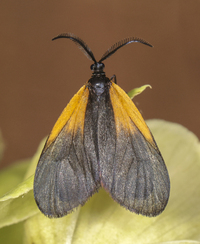 | Recorded by: John Petranka on 2022-05-05
Orange Co.
Comment: |
 | Recorded by: Jim Petranka on 2021-06-16
Madison Co.
Comment: |  | Recorded by: J. Mickey on 2021-06-06
Wilkes Co.
Comment: |
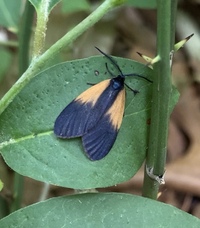 | Recorded by: Stephen Dunn on 2021-06-01
Orange Co.
Comment: | 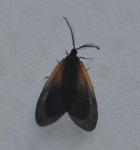 | Recorded by: K. Bischof on 2021-05-30
Transylvania Co.
Comment: |
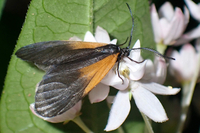 | Recorded by: tom ward on 2021-05-29
Buncombe Co.
Comment: | 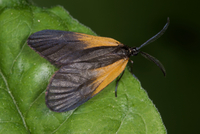 | Recorded by: Jim Petranka and Becky Elkin on 2021-05-27
Henderson Co.
Comment: |
|